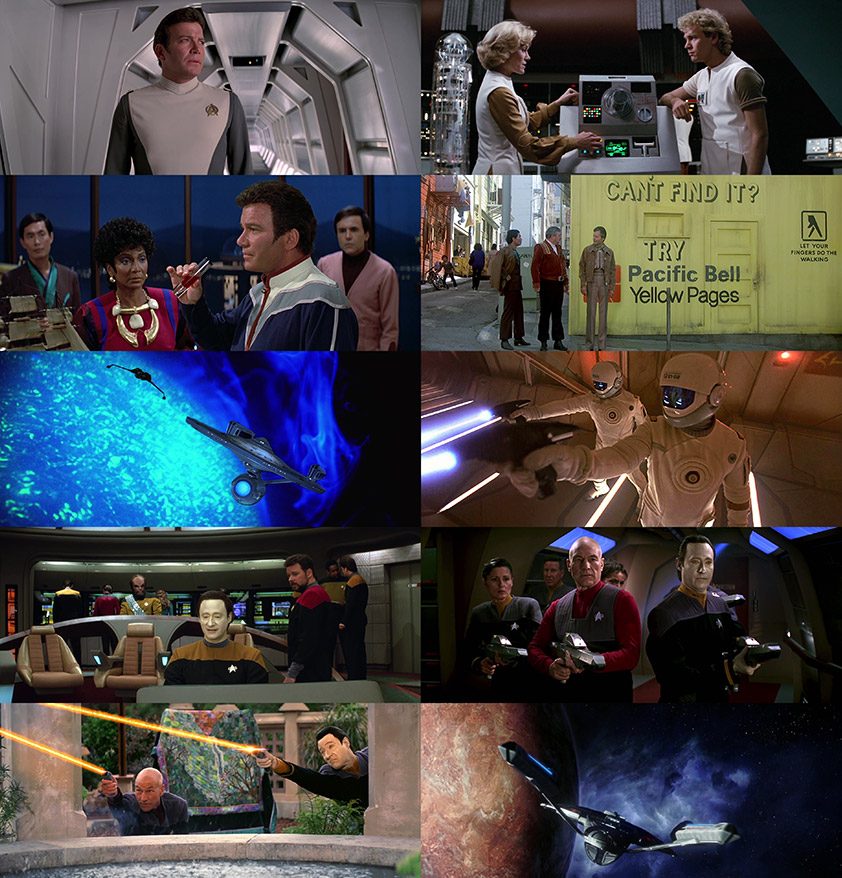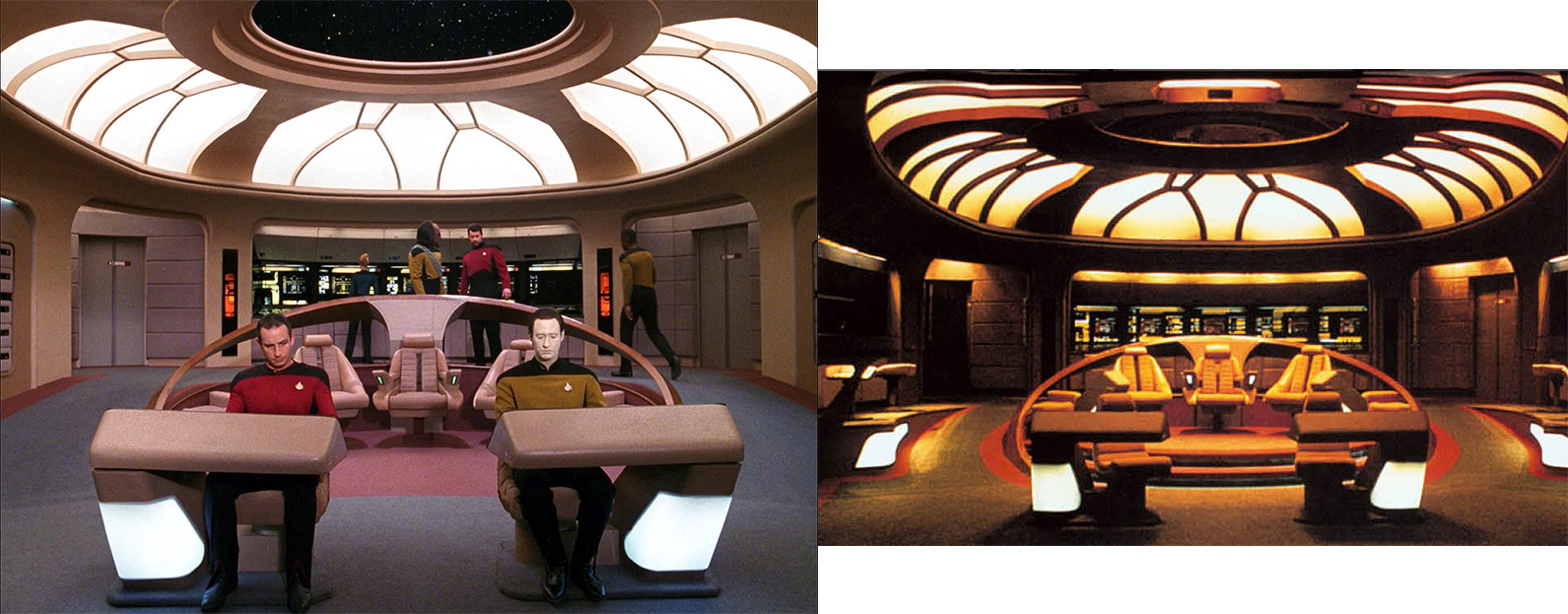Over the past five decades, we’ve seen Star Trek appear in traditional television aspect ratios, widescreen upon the arrival of Star Trek: Enterprise, and of course, in cinematic widescreen in the films – but revealed today is another new look coming with Star Trek: Discovery.
In an interview with Entertainment Weekly today, Discovery producer Aaron Harberts revealed that the new series will be broadcast in a new aspect ratio for the franchise, a 2:1 widescreen dimension.
In this new series, Harberts details the decision to take on the new 2:1 ratio, as well as how previous Trek adventures have influenced the visuals for Discovery:
“n terms of scope and scale, there’s something about ‘Star Trek: The Motion Picture’ that really speaks to us as well.
CBS has allowed us to find a cinematic language that’s wider in scope — our aspect ratio is 2:1 — and it just lends itself to a very lyrical way of telling the story.
And just visually speaking, there’s also a little hint in terms of what J.J. Abrams did, a little bit, in terms of some of the visuals.
What was first taken as just part of the promotional trailer now appears to be exactly how the episodes will debut – the black bars seen May Discovery teaser truly present the wider aspect ratio of the upcoming show:
This should really give the series a more immersive feeling once it arrives in September.
Star Trek: Discovery isn’t the first television series to move to a wider-than-standard picture; prestige dramas like FX’s Fargo, Netflix’s House of Cards, and CBS’s first ALL ACCCESS series The Good Fight have also taken on the 2:1 ratio to bring a theatrical feeling to their shows.
* * *
For most of the franchise’s television run, Star Trek was broadcast in the longtime-standard 4:3 (or “full-screen”) picture size, meant to fill the television screens used for most of the medium’s existence.

Blocking (actor positioning), set design, and visual effects were all created to keep within the confines of that ‘square’ border, something illustrated by the CBS Digital team when investigating the possibility of expanding The Next Generation to widescreen on Blu-ray.
As Trek moved to the big screen, the picture expanded with the cinematic venues. While available on Blu-ray in a somewhat traditional 2.35:1 anamorphic widescreen, several of the original Trek films have been presented in occasional 70mm theatrical showings.
Star Trek IV: The Undiscovered Country actually changed aspect ratios between its DVD and Blu-ray release. When first released to home video, the film’s matting was removed (left) which framed the picture at approximately 2:1 – but when later released for Blu-ray, the theatrical framing of 2.35:1 was restored.

For Star Trek: Generations, the television-based Enterprise-D sets — most notably, the main bridge — were modified to fill the new widescreen presentation. Additional bridge stations along the outer walls were added to fill in the ‘dead space’ left by the TV bridge configuration.
With the launch of Star Trek: Enterprise in 2001, Trek took a leap into the 21st century, expanding to the new standard in widescreen television broadcasting (a 16:9 aspect ratio).

The Kelvin Timeline films have also been released in 2.35:1 presentation for each of the three cinematic entries.
Star Trek Into Darkness, however, also had scenes filmed with IMAX cameras for an extremely-large 1.43:1 picture ratio.
The IMAX version of Into Darkness made its home media debut on the 2014 Star Trek: The Compendium Blu-ray collection, after first only coming to Blu-ray and DVD in standard widescreen.

![]()
Check back to TrekCore often for more Star Trek: Discovery news!




